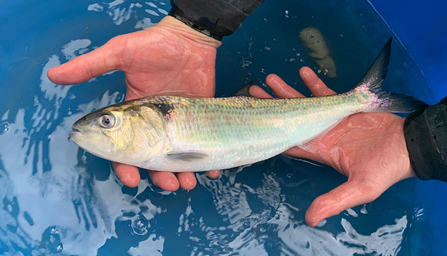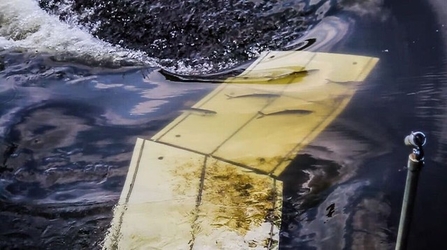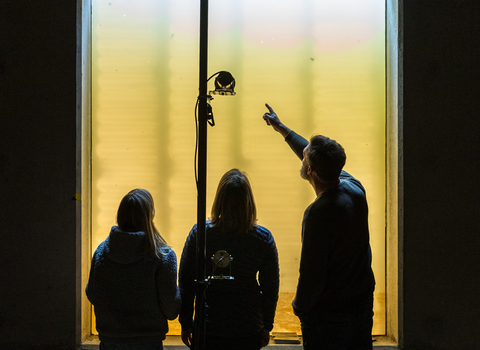So far during Pond Week we’ve explored the world of freshwater amphibians, discovered the underwater soundscapes of ponds, explored how GWT are supporting wetland creatures at the nature reserves and much more.
This week is also a great time to shine a light on some fantastic projects happening across the county led by other organisations, todays being an ambitious river conservation and engagement project called Unlocking the Severn.
The River Severn is the UK’s longest river running for 220 miles, starting from Powys in Wales across two other counties before it reaches us in Gloucestershire and opens into the wide Severn Estuary.
Being naturally navigable, it acted as a highway for people to transport their goods and as a barrier to defend them for hundreds of years. It also acts as a migratory highway for many species of fish, from eels to salmon.
It is, however, another fish that has inspired the largest and most ambitious river restoration project of its kind in Europe – the twaite shad.




